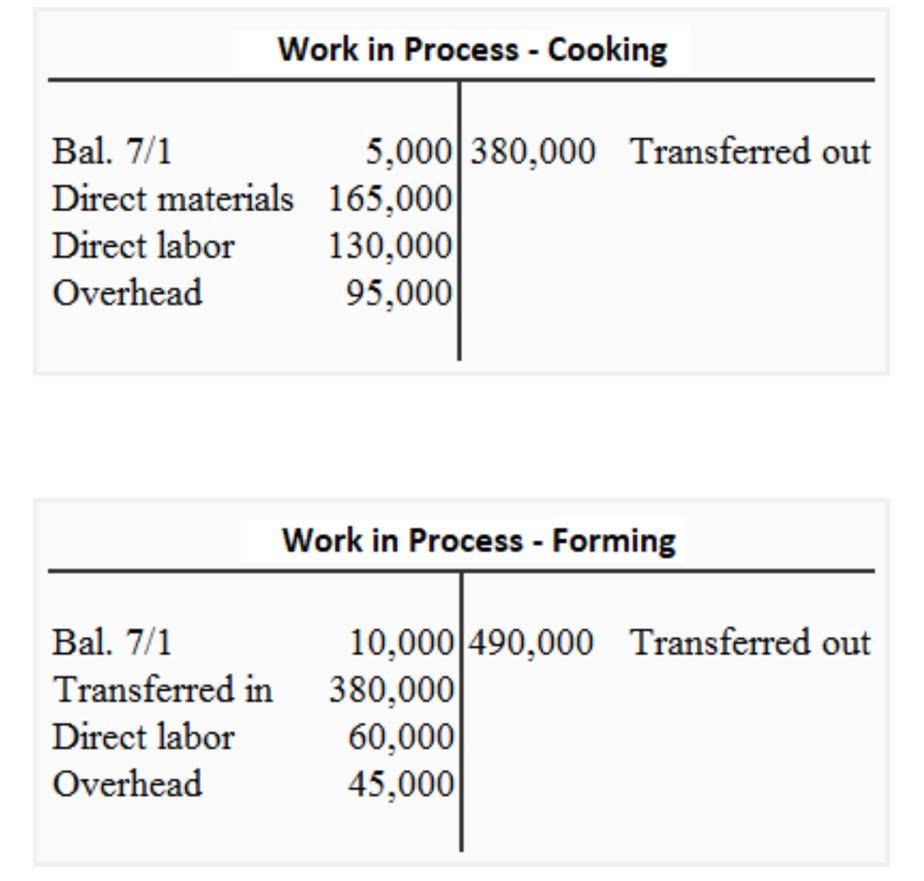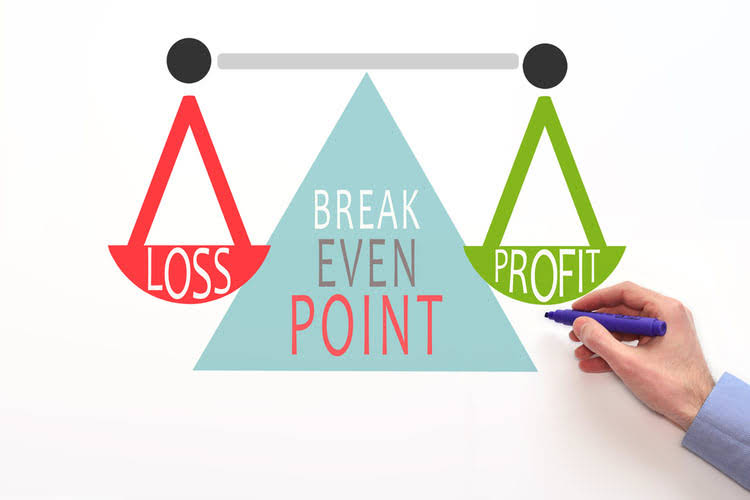
Automatically calculate and manage tax contributions for your business with Fresha. When reallocating tips, the full tip amount must be reassigned to save any changes. The payment is generally made in November or December but can extend until the end of March.
What are the benefits of automated invoice processing?
For example, a landscaping company that provides products or services to a customer might supply the invoice and invoice number. QuickBooks automatically assigns new invoice numbers to your invoices. However, you can change the starting invoice number to best suit your billing method. Invoice numbers help you quickly assess how much money you’re owed, which clients have paid, and the payment history for a given client.
Get Started for Free
From there, you can add unique identifiers such as customer numbers, a code for your business, or the date. If you don’t know where to start or numbers aren’t your thing, invoicing software might be worth your while. The type of invoice numbering system used will vary from one business to the next. As you sign new clients, assign them a client number in your internal database.
Gives insight into customer payment history
If you used the same number twice, issue a corrected invoice with a new, unique number and mark it as a correction. Notify the client to ensure they have the updated invoice for their records.For more complex errors or if you’re unsure how to proceed, consult an accountant or bookkeeper. They can help you navigate the situation and ensure records remain accurate.

This formalizes the sales conversation you’ve likely already had with your vendor and creates a paper trail. You can cancel a single invoice within a recurring series or the entire series of invoices. To cancel an invoice, tap the three-dot icon for the invoice within your list of invoices.

What is an invoice number? How to assign (with examples)
- Assigning invoice numbers is important because they allow a business to track whether payments have been made and by whom.
- They can be used to help businesses keep track of their financial transactions and ensure that all invoices are accounted for and paid on time.
- This number is then included on the corresponding invoice sent by the seller.
- To determine the invoice number on a receipt, it is imperative to know where to look and what irregularities to be aware of.
- When a customer orders something, the seller creates a sales order, listing what the customer wants to buy.
- While a receipt is created as legal proof that the client has paid the seller.
But before we jump into the how of numbering your invoices, let’s explain why it’s important to generate and add an invoice number. There are several ways to generate an invoice number, which we will explain one by one invoice number meaning as we go along. As a business owner, you’re free to choose whichever one of these numbering methods is more convenient for your business. Our platform helps you reduce average payment time and increase close rates.
- In the other states, the program is sponsored by Community Federal Savings Bank, to which we’re a service provider.
- If you skip a number or use the same number twice, it’s essential to correct the error to avoid confusion and keep your records accurate.
- Only use invoice numbers once, even if you’re invoicing different companies.
- Once the goods or services have been delivered, the vendor sends the invoice, marking the final step in the procurement process.
- It helps you (and your clients) track and refer back to specific bills—as long as you have a good system.
- Accounting software like Freshbooks makes invoice numbering and payment processing stress-free.
You can use invoice numbers to track the invoices you’ve sent out, carefully noting which ones have been paid and which ones haven’t. If you notice that a particular client currently has one or multiple invoices unpaid and past due, you know who to reach out to. Unique invoice numbers are important because they help you track a variety of factors that are critical for keeping your business running smoothly and profitably. Keeping an organized track of your transaction would be impossible without an invoice number. If multiple invoices are issued on the same day, the tail end of the invoice numbers can differentiate each of them. If you have multiple projects with a customer, you can be even more thorough and allocate a project number.
- You can also specify a different language by editing your customer’s contact info when you create the invoice.
- Make a commitment as a small business owner to staying on top of your incoming receipts and invoices.
- In the next section, we’ll explain how to assign invoice numbers, what the best practices are, and how QuickBooks can help with managing invoices.
- Let’s all keep our financial records in order and make our businesses run more smoothly and successfully.
- We’ll also provide tips for effective invoice numbering and common mistakes to avoid.
- Simplify the checkout process by offering clients multiple payment options.
What is Invoice Processing? Meaning, Methods, Steps and Workflow

Enhance your business operations by efficiently emailing and printing invoices and receipts. Users should be cautious if they make any comparisons between the statistics published using different methodologies. From winter 2020 to 2021 onwards, the statistics are based on actual payments made according to the Seasonal Payment System.


